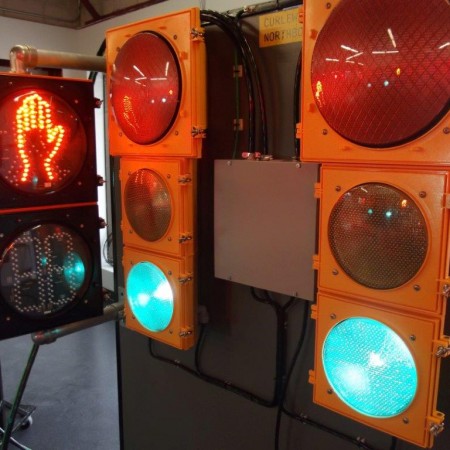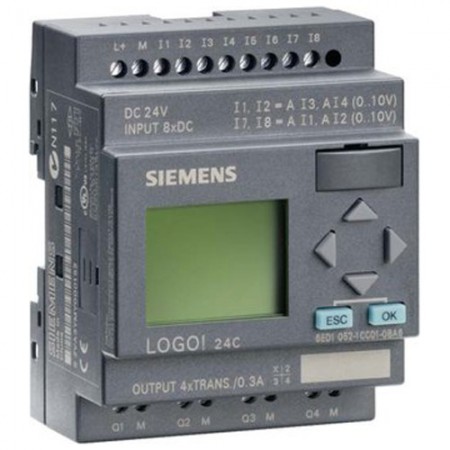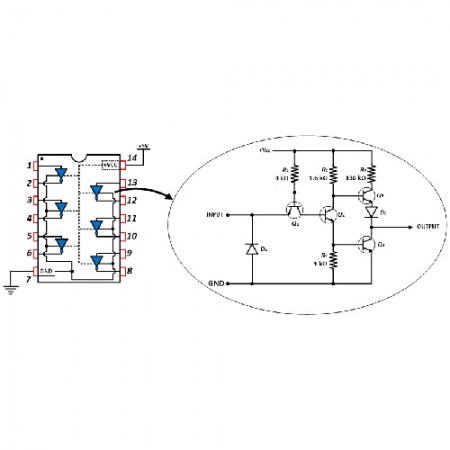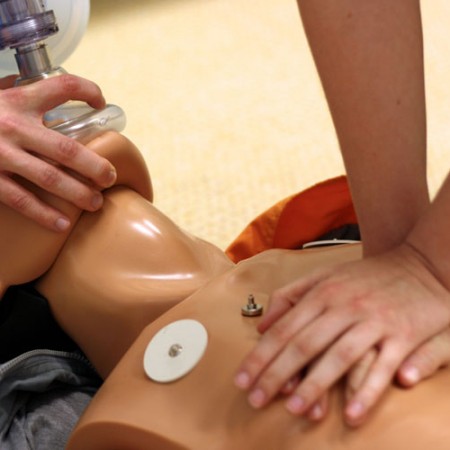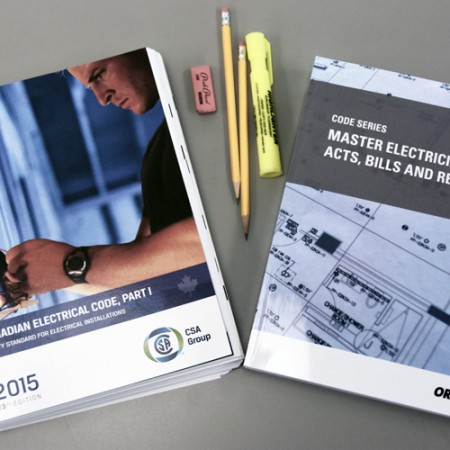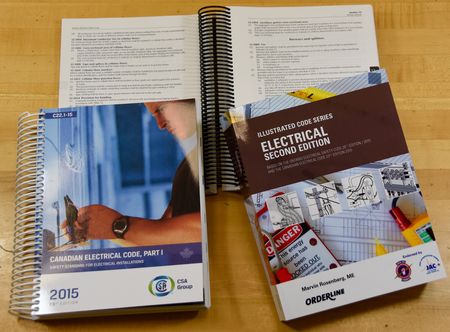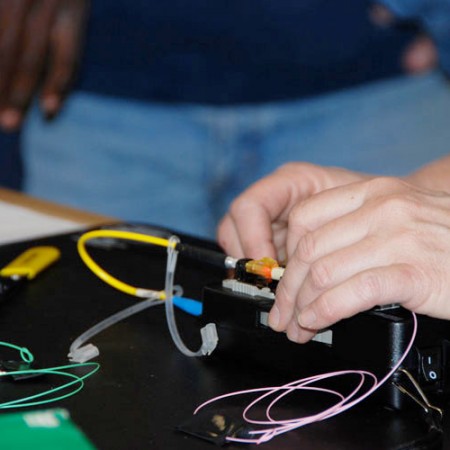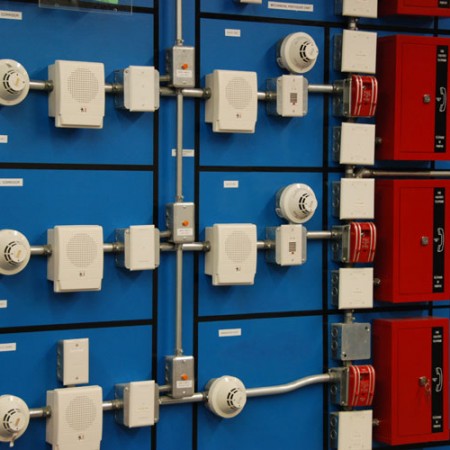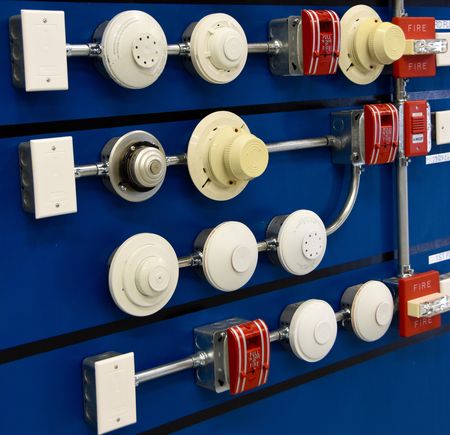This program is designed to give the participant a general overview of the components that make up a signalized intersection, and how those components are put together to form a fully functional traffic signal installation. Safety while working in close proximity to vehicular traffic, conductors, signals, hardware and the traffic controller are just some of the topics that will be discussed. In-class instruction and demonstrations as well as practical lab assignments will give the participant a greater understanding of this unique area of our electrical industry.
